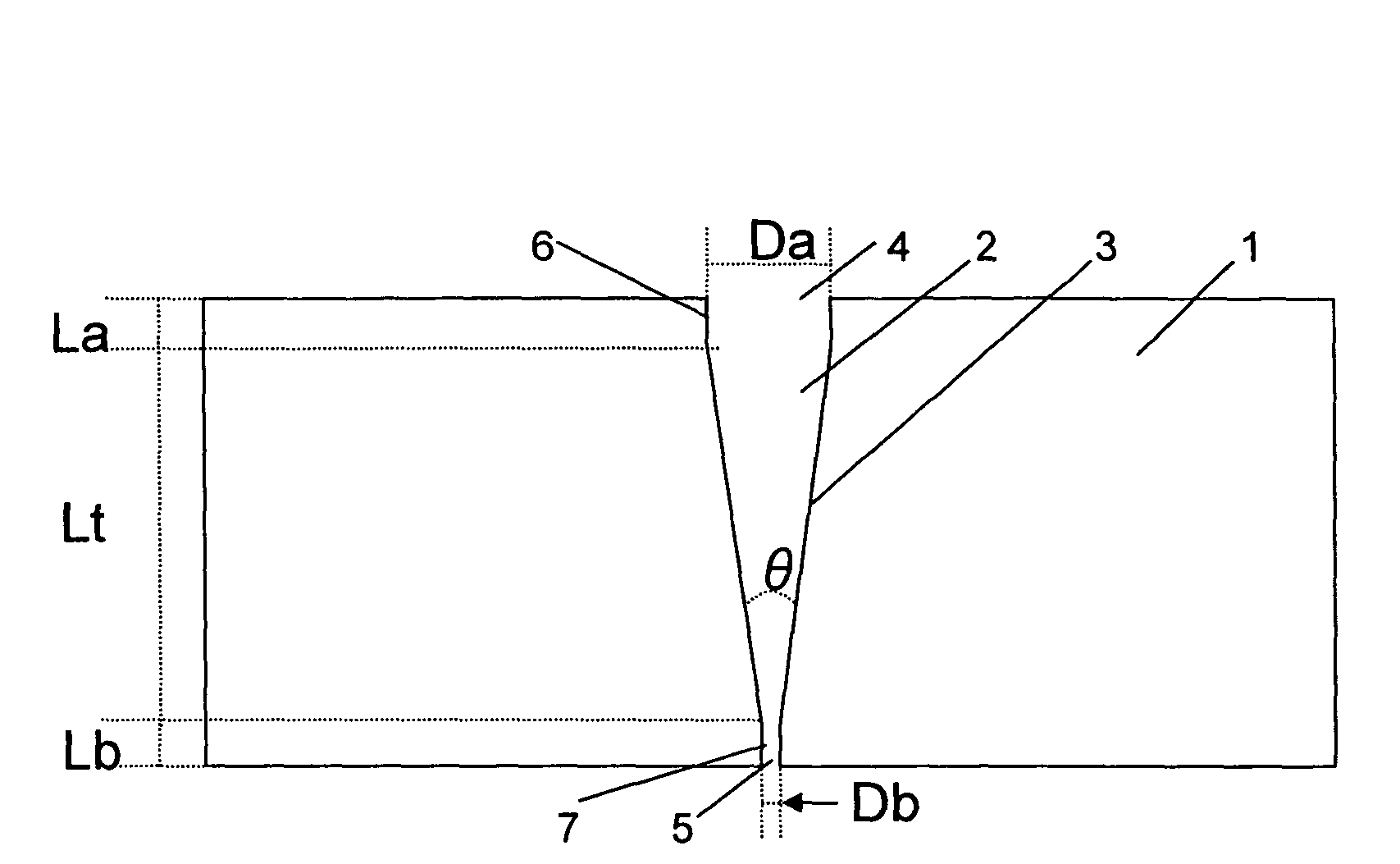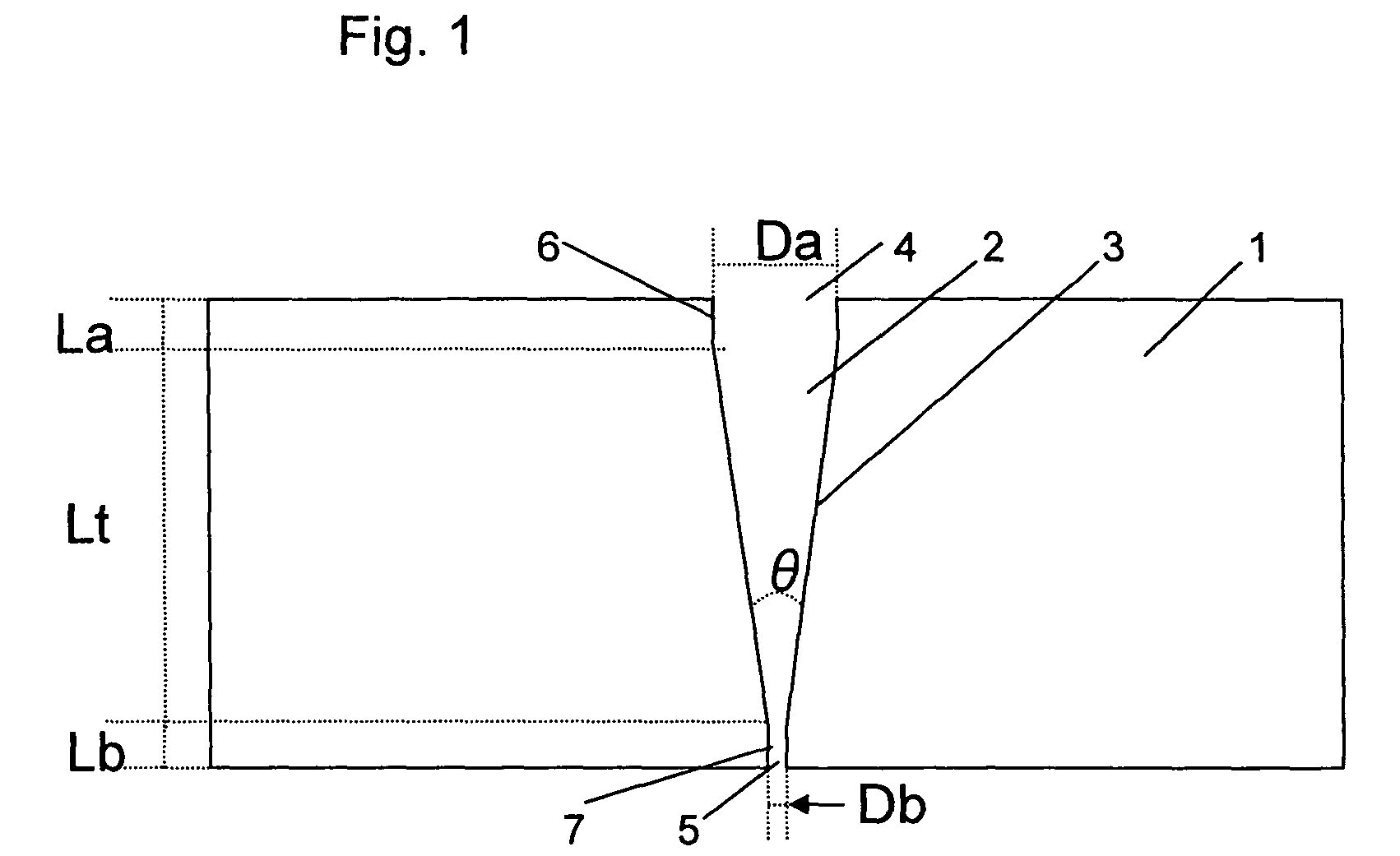Liquid crystal resin, method for making the same, liquid crystal resin composition, and molded article
a technology of liquid crystal resin and composition, which is applied in the field of liquid crystal resin, can solve the problems of corrosive gas, acetic acid, and limited use of liquid crystal resin in the above-described applications
- Summary
- Abstract
- Description
- Claims
- Application Information
AI Technical Summary
Benefits of technology
Problems solved by technology
Method used
Image
Examples
example 1
[0146]In a 5 L reactor equipped with a stirring blade and a reflux duct, 932 parts by weight of p-hydroxybenzoic acid, 293 parts by weight of 4,4′-dihydroxybiphenyl, 74 parts by weight of hydroquinone, 344 parts by weight of terephthalic acid, 30 parts by weight of isophthalic acid, and 1240 parts by weight (1.08 equivalents of the total of the phenolic hydroxyl groups) of acetic anhydride were charged. The resulting mixture was subjected to reaction at 145° C. for 2.5 hours in nitrogen gas atmosphere with stirring. Upon termination of the acetylation, the resulting mixture was heated to 360° C. over 4 hours. Subsequently, the polymerization temperature was retained at 360° C., and stirring was conducted for 1 hour under heating. The pressure was then reduced to 133 Pa in 1.0 hour, and the reaction was further continued for 50 minutes. The polycondensation was terminated when the torque reached 20 kgcm. The interior of the reactor was then pressurized to 0.1 MPa, and the resulting p...
example 2
[0158]In a 5 L reactor equipped with a stirring blade and a reflux duct, 870 parts by weight of p-hydroxybenzoic acid, 1352 parts by weight of 4,4′-dihydroxybipheny, 89 parts by weight of hydroquinone, 374 parts by weight of terephthalic acid, 97 parts by weight of 2,6-naphthalenedicarboxylic acid, and 1191 parts by weight (1.08 equivalents of the total of the phenolic hydroxyl groups) of acetic anhydride were charged. The resulting mixture was subjected to reaction at 145° C. for 2.5 hours in nitrogen gas atmosphere with stirring. Upon termination of the acetylation, the resulting mixture was heated to 350° C. over 4 hours. Subsequently, the polymerization temperature was retained at 350° C., and stirring was conducted for 1 hour under heating. The pressure was then reduced to 133 Pa in 1.0 hour, and the reaction was further continued for 42 minutes. The polycondensation was terminated when the torque reached 20 kgcm. The interior of the reactor was then pressurized to 0.1 MPa, and...
example 3
[0161]In a 5 L reactor equipped with a stirring blade and a reflux duct, 994 parts by weight of p-hydroxybenzoic acid, 298 parts by weight of 4,4′-dihydroxybiphenyl, 32 parts by weight of 2,6-dihydroxynaphthalene, 194 parts by weight of terephthalic acid, 105 parts by weight of isophthalic acid, and 1158 parts by weight (1.09 equivalents of the total of the phenolic hydroxyl groups) of acetic anhydride were charged. The resulting mixture was subjected to reaction at 145° C. for 2.5 hours in nitrogen gas atmosphere with stirring. Upon termination of the acetylation, the resulting mixture was heated to 370° C. over 4 hours. Subsequently, the polymerization temperature was retained at 370° C., and stirring was conducted for 1 hour under heating. The pressure was then reduced to 133 Pa in 1.0 hour, and the reaction was further continued for 22 minutes. The polycondensation was terminated when the torque reached 20 kgcm. The interior of the reactor was then pressurized to 0.1 MPa, and th...
PUM
| Property | Measurement | Unit |
|---|---|---|
| temperature | aaaaa | aaaaa |
| melting point | aaaaa | aaaaa |
| melting point | aaaaa | aaaaa |
Abstract
Description
Claims
Application Information
 Login to View More
Login to View More - R&D
- Intellectual Property
- Life Sciences
- Materials
- Tech Scout
- Unparalleled Data Quality
- Higher Quality Content
- 60% Fewer Hallucinations
Browse by: Latest US Patents, China's latest patents, Technical Efficacy Thesaurus, Application Domain, Technology Topic, Popular Technical Reports.
© 2025 PatSnap. All rights reserved.Legal|Privacy policy|Modern Slavery Act Transparency Statement|Sitemap|About US| Contact US: help@patsnap.com



